Income from holiday lets typically generates a higher gross yield than buy-to-lets, but there are several considerations when entering the short-term rentals market. Not only will you need to factor in general wear-and-tear, costs to run the rental, changeover, privacy and the suitability of your property, but also the location.
Below, Property Investor Today explores the top UK holiday rental hotspots and what return is available for those considering a holiday let investment.
Countryside locations
With its rolling hills, enchanted wooded areas and lush green landscapes, it’s no wonder the British countryside has become a huge hit among both locals and overseas travellers.
Aside from being the ultimate relaxing getaway, it is also an ideal location for investors. Hotel room offer platform Hoo analysed 60 major UK destinations across the country to determine the best rental yields for investors.
It found countryside locations offer annual rental yields of 3.5%, with average monthly rents reaching £711 and a typical house price of £243,505.
While yields are typically lower here compared to seaside locations, the data revealed Bangor, Wales as the top countryside location with a rental yield of 4.7%.
In Scotland, Dumfries leads the way on yields (4.1%), while Bury St Edmunds in Suffolk (4.1%) is a competitive area for those looking to invest in an English countryside holiday let.
In February, Sykes Holiday Cottages crowned the Lake District in the North West as the top countryside area for UK holidays, based on customer searches during the last year.
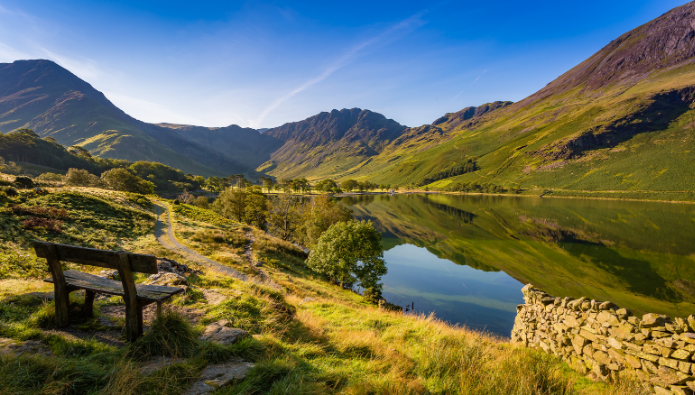
Known for its glacial lakes and tranquil atmosphere, the mountainous Lake District National Park has plenty of countryside to explore, welcoming around 19.38 million visitors each year, according to its official website.
Towns such as Bowness-on-Windermere - home to the largest body of water in the Lake District - and Keswick are popular destinations, both easily accessible by road and bustling with amenities.
There are also key areas that are popular for those wishing to explore the great outdoors. Grassmere, for instance, is the perfect base for those wanting to climb England’s tallest peak, Scafell Pike.
According to PaTMa Property Prospector, the villages of Parton & Distington in Cumbria offer the best rural yields in England, where investors can expect a whopping 8.52% annual return on their investment.
Seaside locations
Coastal and seaside towns have long been a popular spot for UK holidaymakers – the perfect bolthole for sun, sea and sand – but they also make ideal hunting grounds for holiday let investments.
Returns for homes by the sea stand between 3.9% and 2.7%, according to Hoo. Seaside properties have annual rental yields of 3.3%, an average monthly rent of £683 and tend to go for £248,359 on average.
The research found the best three coastal areas for yields are Tynemouth in Northumberland, Brighton in East Sussex and Crosby in Merseyside – all offering a 3.9% return.
However, Brighton has far higher house prices than the other two, at £389,855 compared to £175,589 in Tynemouth and £182,316 in Crosby.
Recently, One Touch Property Investment outlined the areas that are best for serviced apartments, with Bournemouth taking the top spot for coastal getaways in the UK.
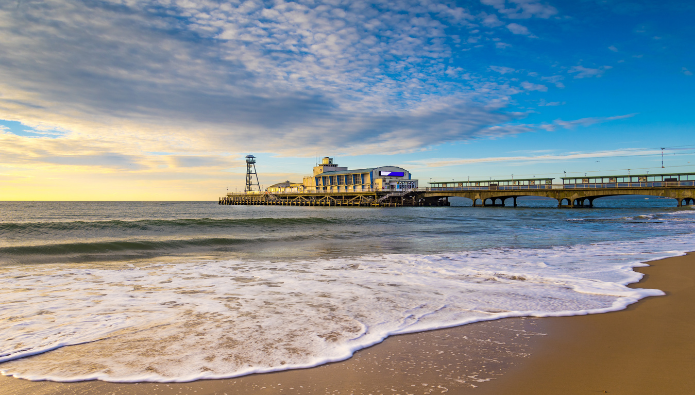
With its miles of golden sands, beautiful gardens and wide range of shopping and entertainment options, Bournemouth holds its title as the true jewel in Dorset’s crown.
Although a popular spot among the older generation, the coastal area has plenty to keep all ages occupied – from pristine Blue Flag beaches to the pier attractions and sea life centre. With Poole just a short drive away, visitors can enjoy an array of watersports, including windsurfing, sailing and kitesurfing.
Best Western Hotels voted the city as the number one seaside town in the UK in 2019, and it boasts average rental yields of 5.5% for a one-bedroom home.
Meanwhile, a one-bedroom serviced apartment-style offering would cost around £710 for four nights over a weekend during the peak summer season.
City locations
Contrary to popular belief, cities offer the best rental yields for those looking to invest in a holiday let.
Whether it’s a historic city break, walking trip, an adventurous tour, or a family getaway, city locations are suitable for all holiday types.
Cities typically offer annual yields of 4.6%, compared to 3.5% in the country and 3.3.% at the seaside. They are also cheaper to purchase, with a typical price of £189,938, Hoo’s figures show.
The best city rental yields can be found in Glasgow (7.2%), Belfast (6.2%) and Newcastle (5.6%), and average house prices in the areas are relatively affordable, at £149,565, £140,750 and £167,246 respectively.
In the capital, prices average at £496,006, making it a challenging place for investors to buy without deep pockets. Bristol and Edinburgh are the second and third most expensive cities, at £311,829 and £288,899, offering yields of 4.2% and 4.6% apiece.
York is currently enjoying a boom in temporary accommodation demand, and has appeared high on the list of best places to invest in UK property, attracting more than seven million visitors from across the globe each year.
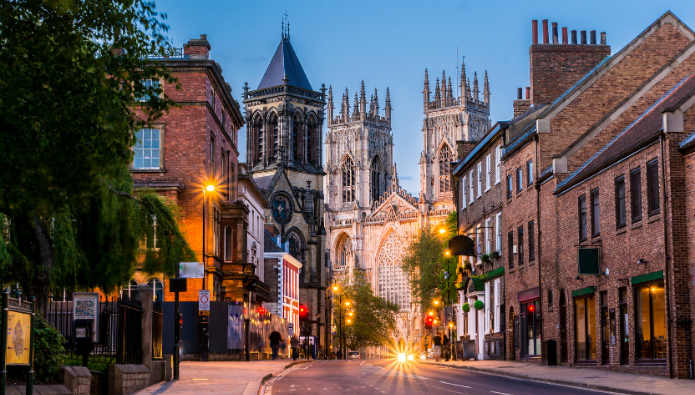
Renowned as a ‘world-class’ city, York is known for its vibrant culture, historic architecture, impressive of life and has been recognised as one of the fastest-growing economies in the UK.
A unique destination to both live and work, the cathedral city is well-placed in the heart of the Yorkshire county, and is easily accessible, hosting nine million visitors last year.
York offers great investment potential, with the property market benefitting from strong rental demand and attractive property prices when compared to those in the south of the UK.
Research shows the average house price in York is now said to be £250,000, with prices rising by 3% in 2020 – ahead of the UK national average of 2.5%.
Adrian Murdock, co-founder of Hoo, comments: “Due to the current situation, Brits are still looking for a break closer to home this year, meaning there should be strong demand for holiday homes as the weather improves and the holiday season approaches.”
“The good news is, that whether you’re keen on the city, country or coast, there are plenty of options at all budgets that provide healthy returns.”
House price growth plays a major role
Staycations are more popular than ever, with 77% of Brits saying they aspire to own a UK holiday home, according to Park Leisure.
With all of summer ahead to enjoy a UK holiday home and international homeownership becoming more complicated due to travel restrictions, now is the perfect time to invest in a UK holiday home.
But while location, location, location plays a major role, knowing the property market in potential hotspots, and which areas are seeing the biggest house price growth, is also key.
A recent study by Halifax found some of the most popular staycation destinations are in areas with the biggest house price growth this summer compared to last.
With the stamp duty holiday applying to purchases of second homes, a summer bolthole proves even more appealing with the tax saving factored in, although those interested in holiday lets will still have to pay the 3% surcharge.
The biggest house price rise was seen in Gwynedd in Wales, home to the Snowdonia National Park and Mount Snowdon – the highest peak in England & Wales – and miles of coastline. The lender found prices rose by almost £20,000 in the region to £201,000.
Also in Wales, Mid Glamorgan with its beaches and historic Caerphilly saw the second-biggest price rise, of £18,400 to £166,000.
Popular with summer sailors and beachgoers, the Isle of Wight saw the third biggest increase, with the average home rising £17,300 in value to £256,000.
Prices in Renfrewshire, west of Glasgow in the Scottish Lowlands, and Stirlingshire also rose significantly, up £16,600 and £15,400 respectively.
Russell Galley, managing director of Halifax, says: “Recent events may mean plans have changed but, with the easing of lockdown restrictions, the opportunity to travel is an option once more.”
“Staying local and exploring home-grown tourist attractions could make more financial sense, whilst providing the beauty, excitement and cultural enrichment many of us look for when travelling to Europe or beyond.”
Further insight from Hodge revealed the average price of a holiday home has increased by 12% in the past six months, with the average cost of a holiday let mortgage application totalling £435,476 in March 2021 – up from £387,993 in October 2020.
The specialist lender also reported a 30% leap in holiday let mortgage applications in the six months to March 2021, with the average mortgage also increasing 7% over that period.
Previous research from Hodge found that the most popular destination for holiday let buyers was the South West with 39%, followed by Wales at 19% and the North West at 12%.
Commenting on the rise in holiday let mortgages, Emma Graham of Hodge explains: “It is not surprising that the popularity of our holiday let mortgage products continue to grow at pace.”
“The stamp duty holiday has no doubt helped drive more interest in second homes, as has the fact that Brits are not yet permitted to holiday abroad, and some might also be afraid to do so.”
With the number of second homes in the UK rising by 30% to a record high of 495,000 over the last five years, Tom Jones, co-founder and chief commercial officer of Houst, adds: “The likes of Airbnb and other platforms have revolutionised second homeownership and have certainly been one of the main driving forces behind second homeownership.”
“Owners are now able to generate income from their second home extremely easily, almost all year round.”
It seems despite the 8% decline in short-term holiday bookings between February and March 2021, investors can benefit greatly from the stability of the UK tourism sector.
Property Investor Today is carrying out a series of articles focusing on the expected staycation boom in 2021. You can see our article on how to successfully run and manage a holiday let here. Keep your eyes peeled for the Staycation 2021 logo on stories to find out the pros and cons of UK holiday let investments and much more.



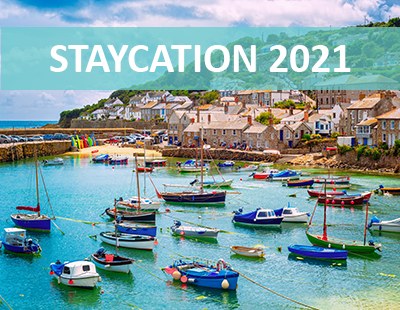



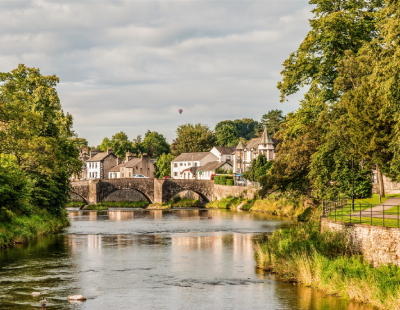


.png)

.jpg)








Join the conversation
Be the first to comment (please use the comment box below)
Please login to comment